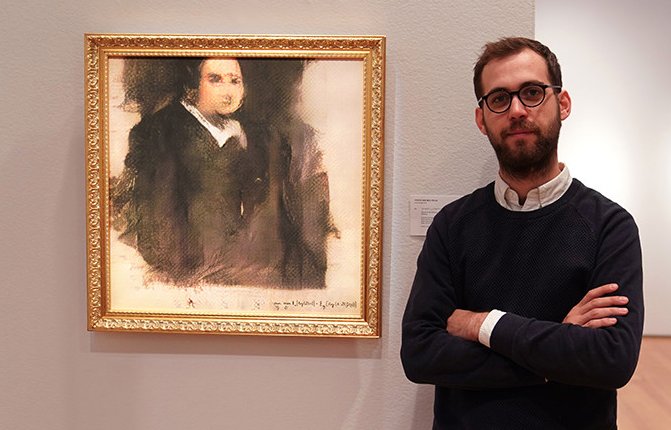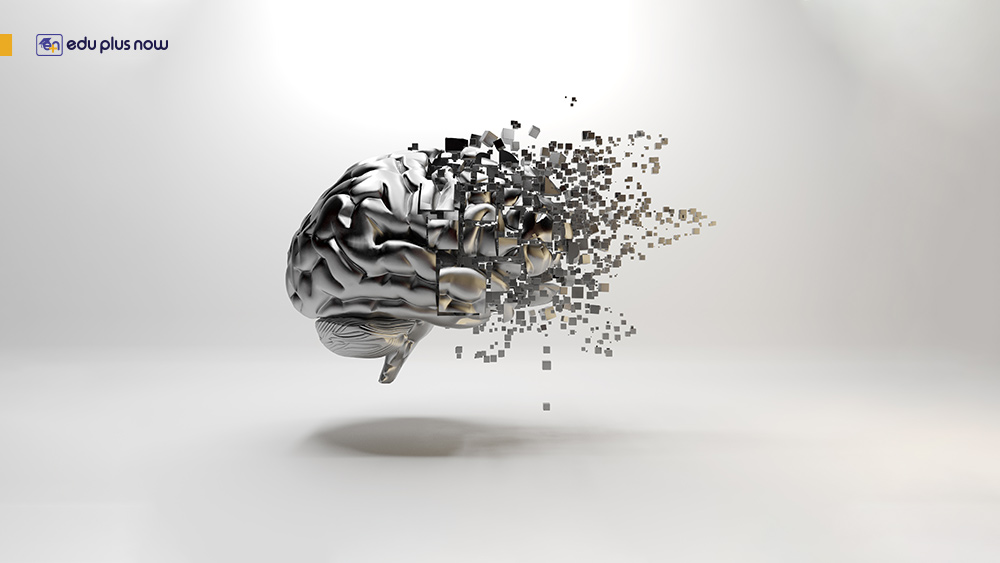Artificial Intelligence and Creativity: Is AI Ready to Rival Human Creativity
Creativity is a feature that we once believed was solely a human trait and contributed to the uniqueness of being a “human”. For all of history, humans have been the most creative beings on the planet. Unfortunately, or fortunately based on how you view it, creativity is no longer a human bastion. Amidst an unrelenting rise in artificial intelligence, computers are today able to recognize faces, translate languages and even beat human players in complex board games. But are computers as creative as humans and will they be able to surpass humans in creative pursuits?
The expert opinions are divided. German computer scientist, Mario Klingemann who uses AI in his work has radical views on this topic. According to him, humans can only build on what is already there and what others before us have developed unlike machines who have the ability to “create from scratch”.
Anton Oleinik, a sociology professor at the Memorial University of Newfoundland, on the other hand, has dramatically different views as he believes that AI will replace humans only in repetitive tasks. Even if AI enters creative domains, it will likely work only as an assistant rather than the one making final calls. Echoing his sentiments, the CEO of Adobe, Shantanu Narayen says, “Machine learning is going to change every single aspect of technology, but no machine will be able to mimic the creative ability of the human mind.”
To understand this conundrum, let’s first understand creativity and whether it’s truly the last human domain.
Defining Creativity
According to Maria Popova, “Creativity is a combinatorial force: it’s our ability to tap into our ‘inner’ pool of resources – knowledge, insight, information, inspiration and all the fragments populating our minds – that we’ve accumulated over the years just by being present and alive and awake to the world and to combine them in extraordinary new ways.”
When we think of creativity, we often picture visual artists having light bulb moments. However, instead of viewing creativity as an elusive talent limited to the elites, it’s important to understand that everyone has creative abilities. In fact, it’s a fundamental feature of human intelligence. From the association of ideas, perception, analogical thinking to motivation and emotion, creativity is an amalgamation of all this and more.
Moreover, creativity is also bounded by social conventions and history. For example, what is considered creative inspiration in one period may be considered ridiculous in another era. This means that creative innovations in a certain period may be completely disregarded for years to come.
Are Machines More Creative than Humans

In 2016, Google’s DeepMind AlphaGo system shocked the entire world by beating Lee Sedol, the reigning champion at Go, an ancient Chinese game that requires deep intuition and creativity. This, however, is not just a one-off event. In 2018, at an auction at Christie’s in New York, a portrait of Edmond Belamy was sold for $432,500. This was a staggering 45 times its maximum estimated price. What was more surprising was that the portrait wasn’t created by a human and the subject never existed.

AI has made deep strides in art, literature, music, philosophy, and movies. Whether it’s the AI-created movie trailer for the horror film, Morgan or Google’s art project, PoemPortraits that generates a unique poem by taking a suggested word, machines have been pushing the boundaries by evolving into AI artists. Experts who have been working with AI believe this is just the start. Once machines learn the human ability to construct a plan and see the consequences, it could really shake things up.
The proponents of AI creativity argue that creativity is not exclusive to humans. This is because like machines, humans too learn the same way, by repeatedly trying new things. Not all creativity comes from brand new ideas. Instead, creativity often stems from finding ways that existing products or services can be applied to help solve new problems. We often take ideas from different experiences of life and piece them together in unpredictable ways. This is what a machine is trained to do, not just think like humans but find insights in massive amounts of data and combine them to create a rational product.
However, there are others that argue that machines are unable to match human creativity because of their inability to think and coordinate proactively and make predictions that go beyond the simple extrapolation of data. They are unable to make radical predictions and create meaningful patterns because they were just never designed to do so. For example, while AI is able to write short-form literature quite well, it’s unable to sustain the written word for a longer term as it has difficulty understanding the narrative arc.
The Future of Creativity
As AI continues to evolve, the future of creativity and whether machines can supersede humans remains uncertain. However, whether it becomes technically feasible for AI to create solo works of art or not, technology is playing a significant role in the creative process. By freeing up people from mundane activities, AI has allowed people in creative roles to push the boundaries of creativity. Instead of worrying about AI taking over creative roles, the focus should be on using AI as an assistant for enhancing creative capacities and abilities. Like the Microsoft co-founder Mr. Bill Gates who believes that AI could make humans’ lives more productive and creative, it’s time to be optimistic and use AI to augment the creative process.
